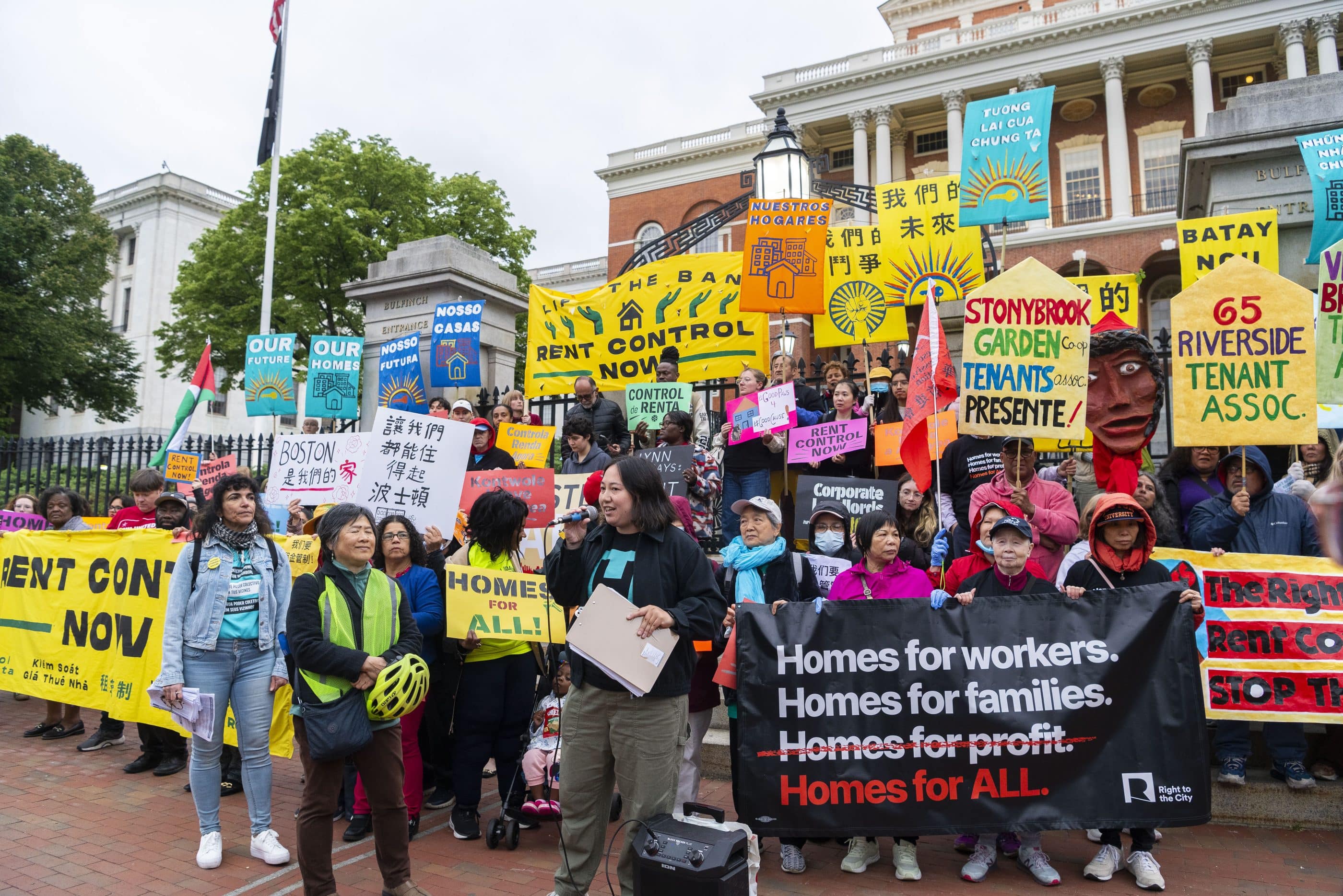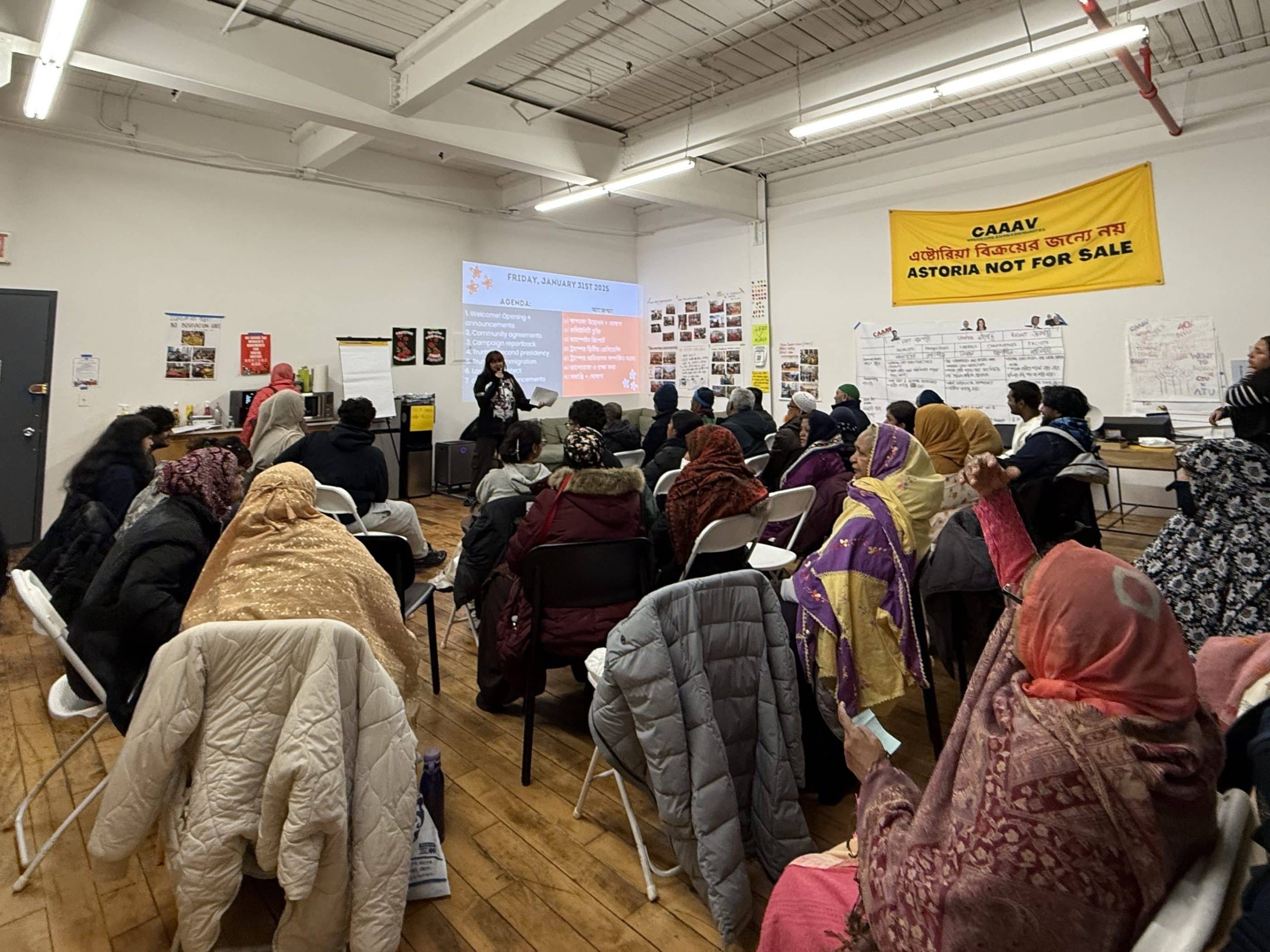In 1998, I traveled to Columbus, Georgia, to commit civil disobedience. Along with a group of hundreds I trespassed openly on to the base of Fort Benning (renamed in 2023 to Fort Moore), calling for the closure of the infamous School of the Americas, a training facility that had produced and supported many of the most brutal Latin American dictators and generals. The movement to close the school had been gaining steam and notoriety, in part from this annual protest which tended to involve mass arrests that heavily featured religious leaders.
That year, however, the protesters were merely loaded onto buses, driven a couple of miles away, and dropped off. The following year law enforcement didn’t even bring buses. They set up a blockade and waited us out, forcing the group to reconvene and march back out the way we came. (Not long after, in 2001, the school “closed,” and reopened under a new, less chantable name—Western Hemisphere Institute for Security Cooperation.)
I still abhorred what they were doing, but I had to grudgingly admire the tactical shift.
I had a similar sensation recently as I noticed a theme in a bunch of our coverage of tenant protections—developers and landlords opting for a strategy of adding exemptions to tenant protections rather than fighting them headlong.
St. Paul’s rent control legislation, the strongest in the country when it passed, was watered down significantly by a working group last year, with the rent cap doubled and a raft of exemptions added, including for new construction and affordable housing properties.
Good Cause eviction protections passed this year in New York state, with a rent cap on renewals of 10 percent or 5 percent plus CPI, whichever is lower. However, municipalities outside of New York City must opt in to gain protections, meaning the new law will only protect tenants in places with a significant political base of renters. Renters in suburbs with only a few rental complexes will likely face a particularly uphill battle to be covered. The law comes with exemptions too—for new construction, for example, and condos and co-ops. New York City’s version also only applies to landlords with a portfolio of 10 units or more. Notably, many tenants of smaller buildings don’t know how large their landlord’s portfolio is.
Meanwhile, in Washington, D.C., the nation’s oldest and most successful tenant opportunity to purchase act is facing pressure from developers who want to weaken it by carving out exemptions.
We need investments not just in campaigns to win new policies, but in campaigns to protect (or strengthen) the policies that have been won, and to enforce them.’
All these policies are massively popular in those places, but the United States has a long-standing inclination to see compromise as the right way forward, even in situations where it is deeply inappropriate (Three-Fifths Compromise, anyone?). People who are proposing compromise can paint themselves as realistic and cooperative, as opposed to the “radicals” holding out for policies that actually work. And that can be dangerous.
Now, compromise often is appropriate, and all the above policies are still better weak than non-existent. A rent cap of 10 or 8 percent will still prevent the displacements we hear about too often where rent goes up 30, 50, or even 100 percent in an obvious ploy to remove lower-income renters. Legislation that recognizes a right not to be evicted if you haven’t violated your lease is a crucial moral statement. And so on.
But quietly carving out loopholes and adding complexities and uncertainties to protections like these can dramatically lower the number of people who benefit from them, often excluding those who need them the most. And crucially, it also often makes them vastly harder to enforce. When the water is muddied as to who gets these protections and who doesn’t, tenants are often left not knowing if they are protected. Stories about other renters who thought they were protected and then found out they weren’t can lead many who would be covered to assume that they aren’t. That can result in landlords getting away with flouting the law. Overall, rafts of exemptions consume significant resources from tenant organizers and advocates and legal aid offices as they try to parse ownership, track when a building was placed in service, etc.
The lessons for those who support tenant protections are clear—we need investments not just in campaigns to win new policies, but in campaigns to protect (or strengthen) the policies that have been won, and to enforce them. Support for right to counsel funding, tenant organizations, policy advocacy, and legal support is going to make the difference between nominal protections on the books and the results that voters turned out to support in the first place.




I just sent the tenant fact sheet fro Housing Justice 4 all to a NYC tenant whose lease was not being renewed. Ll wanted to upgrade aprs and raise rent.
I could not figure out if the ll (;llc)had 10 units or less from the look up link.
The tenants, in what seemed to be a 6 unit building pushed back. The ll backed down. We will wait and see re the hearings in rochester